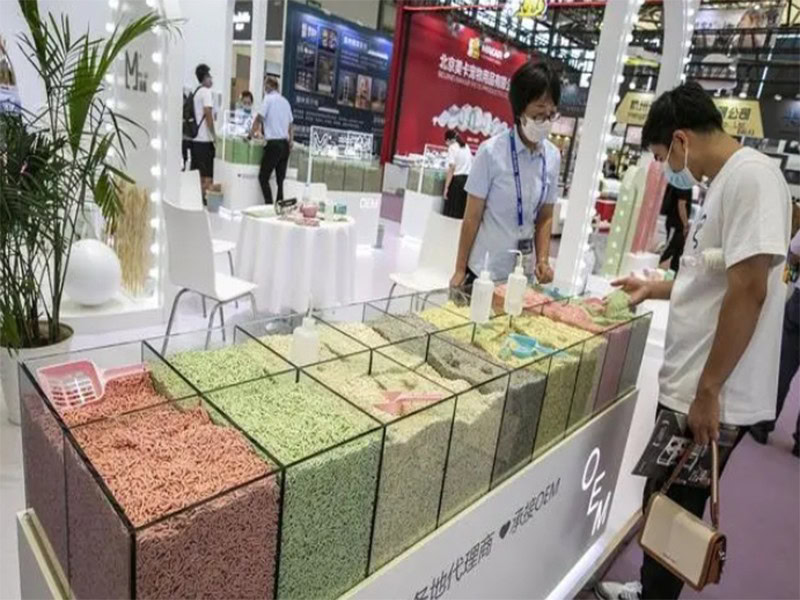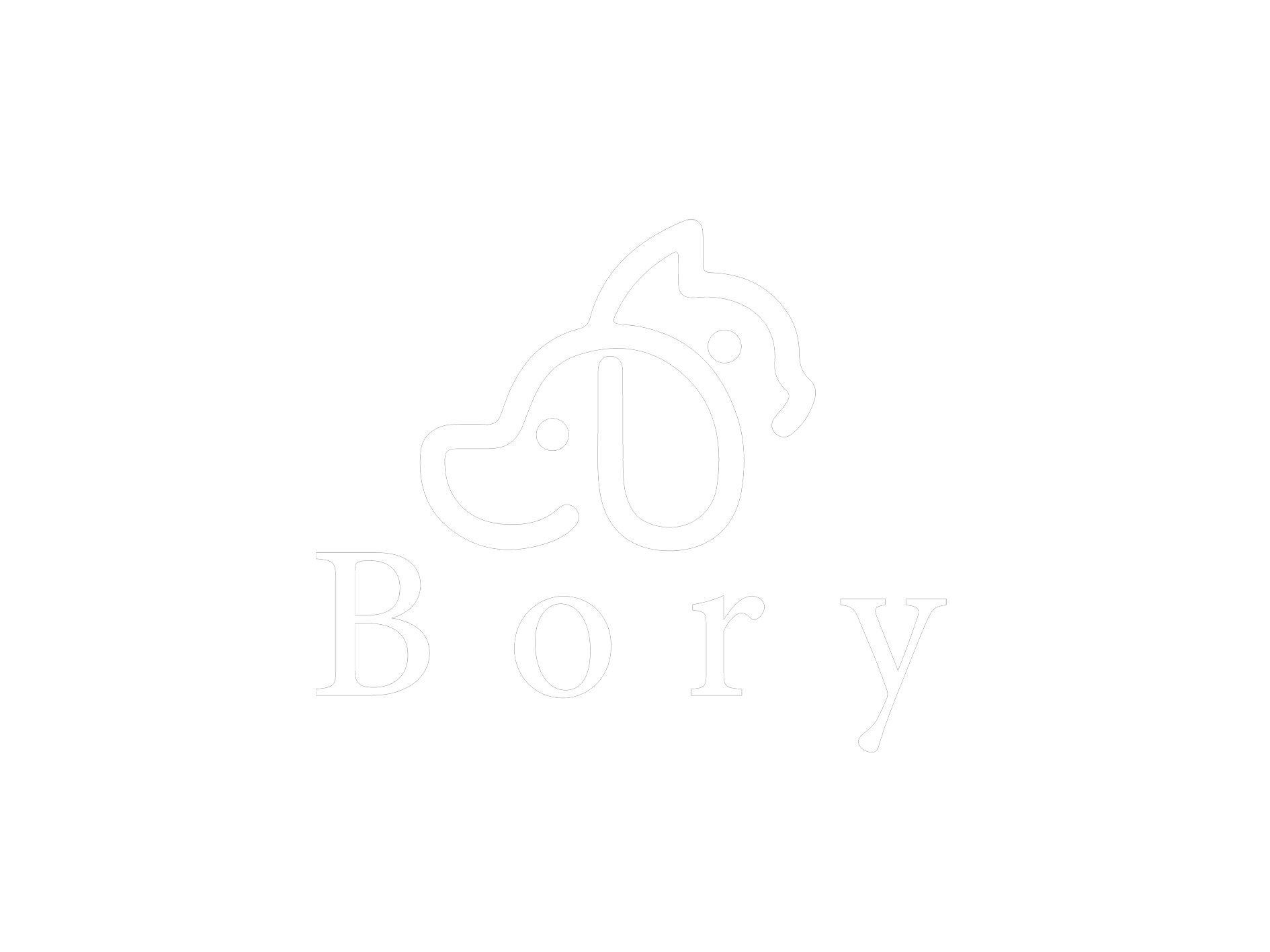
Choosing the right cat litter is a balance between feline comfort and owner convenience. This guide breaks down the most popular options in the global market to help you make an informed decision for your inventory.
1.Clay Litter (Bentonite)
The most traditional and widely used option.
Clumping Clay: Made from sodium bentonite. It forms hard clumps that are easy to scoop.
Pros: Affordable, high availability, and cats love the natural sandy texture.
Cons: Heavy, dusty, and not biodegradable.
Non-Clumping Clay: Absorbs urine without forming clumps.
Pros: Very low cost.
Cons: Requires frequent full-box changes; odors build up quickly.
2. Natural & Biodegradable Litters
Eco-friendly substrates made from plant-based or recycled materials.
Tofu & Corn Litter: Made from soybean or pea fibers.
Pros: 99% dust-free, flushable, and safe if accidentally ingested (ideal for kittens).
Cons: Higher price point than clay; attracts moisture in humid climates.
Pine & Wood Pellets: Made from compressed sawdust.
Pros: Natural pine scent, sustainable, and very affordable.
Cons: Most do not clump; requires a sifting litter box for cleanup.
Recycled Paper: Compressed paper fibers.
Pros: Zero dust and soft texture. Ideal for cats recovering from surgery.
Cons: Poor odor control and does not clump.
Cassava Litter: An innovative starch-based option.
Pros: Extreme clumping power, flushable, and naturally bright color.
Cons: Premium pricing.
3. Crystal Litter (Silica Gel)
Small, semi-transparent absorbent beads.
Pros: One bag can last for up to a month (long-lasting). Excellent odor control and nearly zero dust.
Cons: More expensive than clay; the “crunchy” noise may deter sensitive cats. It is non-clumping.
4. Zeolite Litter
A mineral-based litter known for volcanic odor-trapping properties.
Pros: Superior ammonia neutralization and low dust.
Cons: Non-absorbent. It must be used with an absorbent pee pad placed beneath the litter tray.
How to Select the Best Litter for Your Market
For Cost-Efficiency: Standard Clumping Clay remains the top choice for bulk retail.
For Eco-Conscious Buyers: Tofu and Cassava litters are the fastest-growing premium segments.
For Low Maintenance: Crystal (Silica Gel) litter is preferred by busy urban owners.
For Kitten Safety: Paper and Tofu litters offer the safest, non-toxic environment.
Professional Tips for Success
Transition Slowly: Always mix new litter with the old one over 7–10 days to avoid cat rejection.
Unscented is Better: Cats have a sensitive sense of smell. Unscented litters typically have higher acceptance rates than perfumed ones.
The Rule of Thumb: For multi-cat households, always recommend N+1 litter boxes (Number of cats + 1).
Flushing Caution: While Tofu and Cassava are flushable, always advise customers to check local plumbing regulations first.
Ready to upgrade your product lineup? Contact BoryPet today for wholesale pricing and customized OEM solutions for all litter types!
